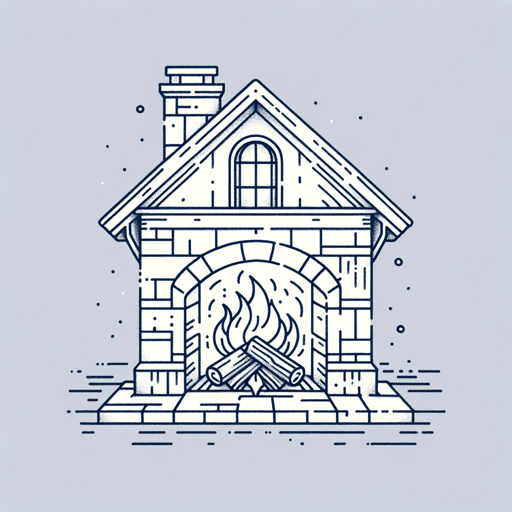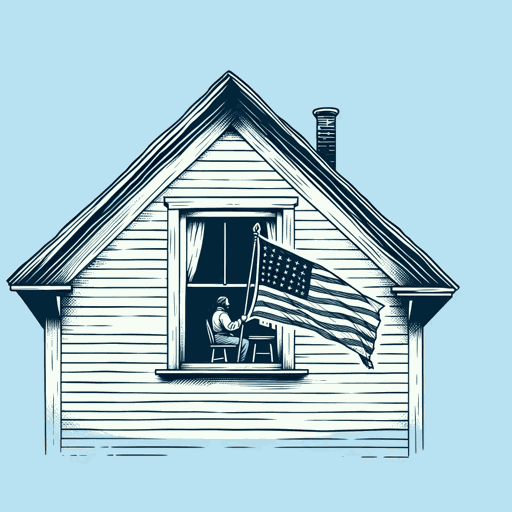43 pages • 1 hour read
John Greenleaf WhittierSnow-Bound: A Winter Idyl
Fiction | Poem | Adult | Published in 1865A modern alternative to SparkNotes and CliffsNotes, SuperSummary offers high-quality Study Guides with detailed chapter summaries and analysis of major themes, characters, and more.
Symbols & Motifs
The Blizzard
The nor’easter that buries the farmhouse and then maroons the family and friends of the young poet for a week symbolizes the urgent and immediate power of nature. To America in the mid-19th century, nature was not some abstract symbolic environment. Nature was real and pressing and still literally all around a nation that was just beginning the move toward domesticating nature and becoming industrialized. Thus, the depiction here of the fierce storm taps into that sense of nature as a terror; magnificent, perhaps, but a terror, nonetheless.
The snowstorm transfigures the farmyard. The poet recalls being dazzled the morning the snow finally lets up by how different the world appears now that it is buried under yards of immaculate fresh snow. If, as the storm descends, the farm family feels claustrophobic fears as they listen to the howling winds and the numbing cold, if the storm creates a sense of vulnerability and helplessness, the storm also reconfigures the world, and elicits from the poet-narrator a giddy response as “the old familiar sights of ours / Took marvelous shapes; strange dome and towers / Rose up where sty or corn-crib stood” (54-55).
More than the power and beauty of nature, the snowstorm serves as a moral teacher.


